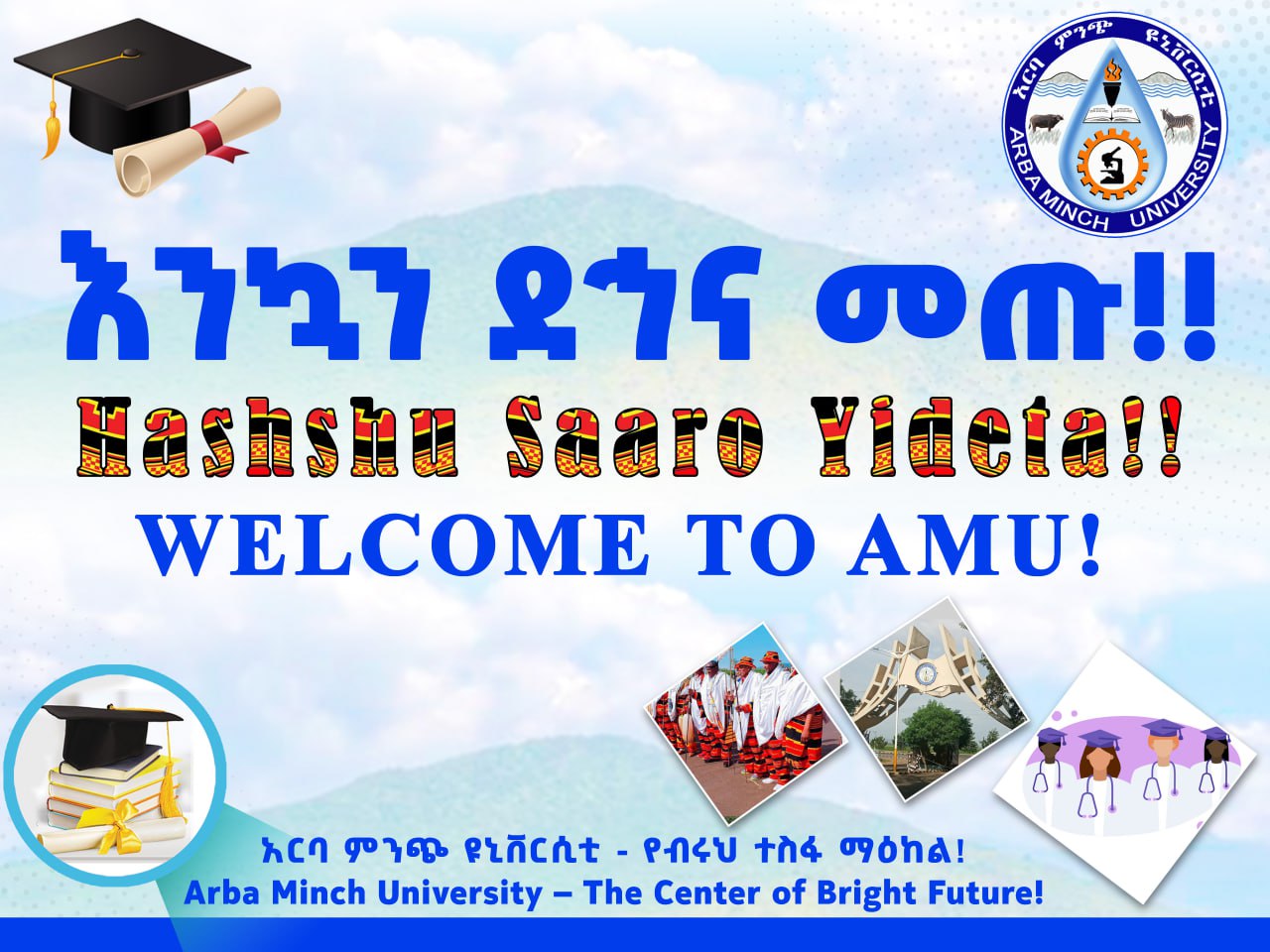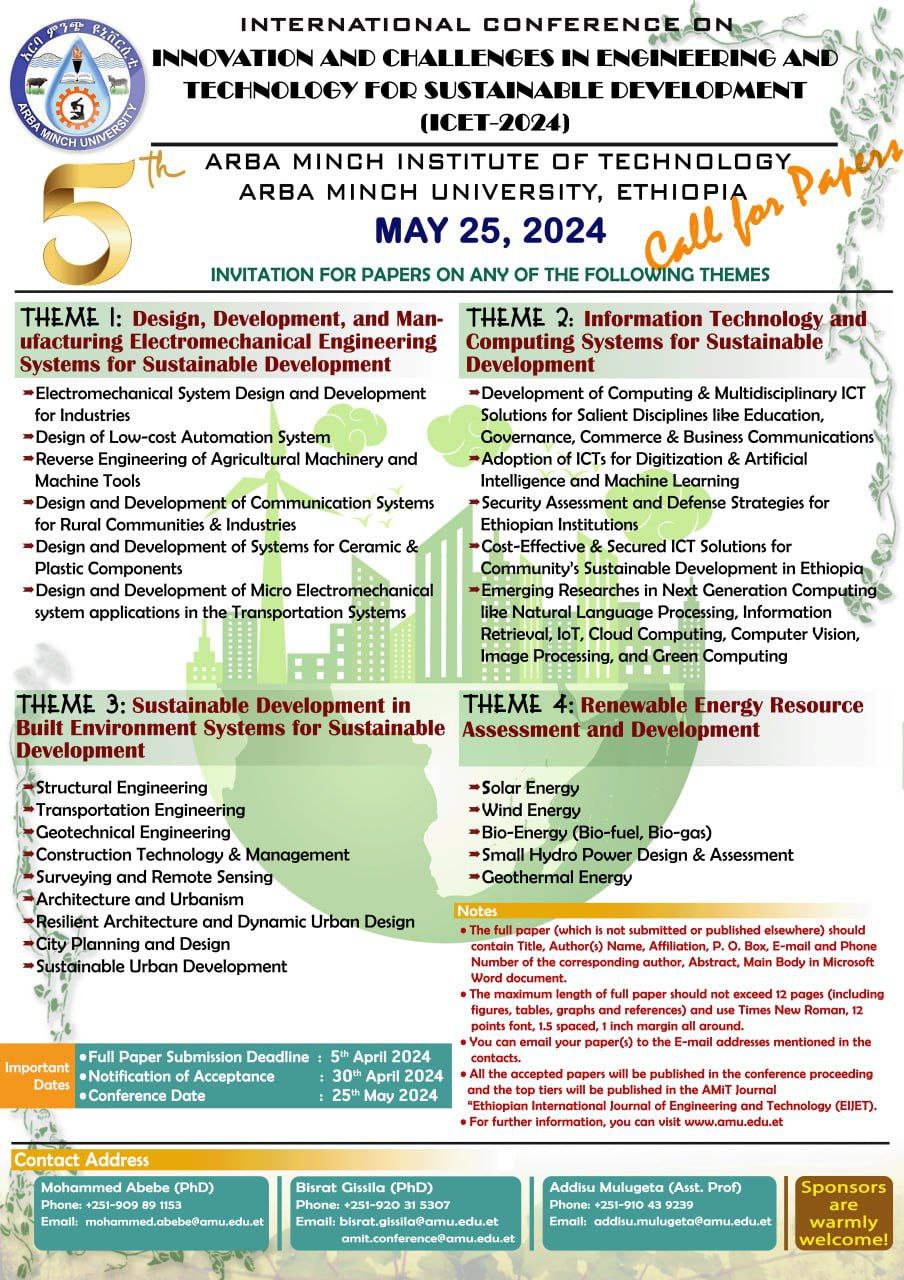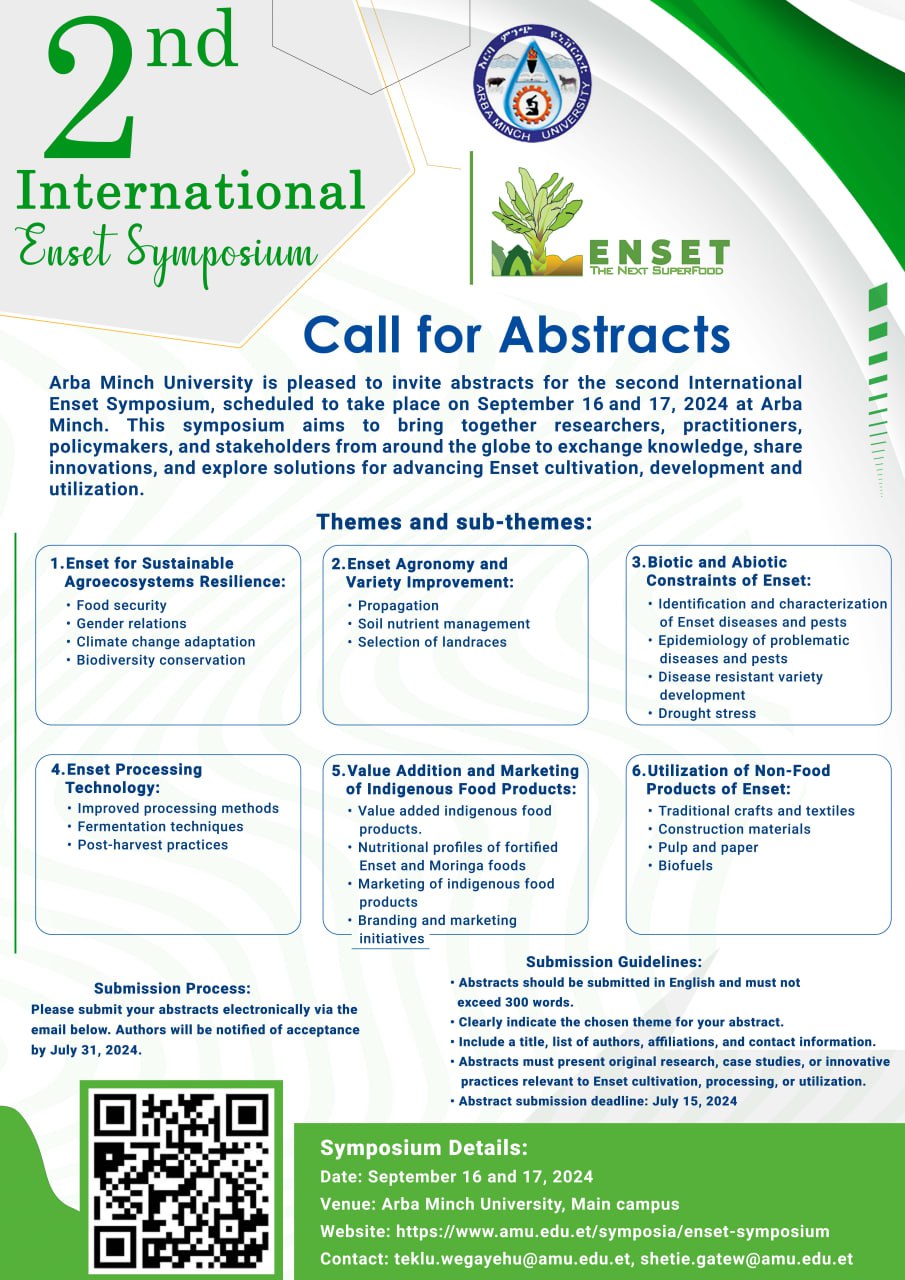AMU has set a unique precedent by organizing its first ever annual research review workshop beginning from 17th to 19th November, 2016, at Main Campus; it further continued at different institute and colleges at their respective campuses for the remaining two days.
Lauding Research Directorate for setting a unique trend, Vice President for Research and Community Service, Dr Guchie Gulie, said such workshop will help to evaluate proposals and to know what is achieved. It’s an excellent opportunity for researchers to take cue from here and enrich their understanding and approach to further create quality research.
He adds, we must analyze ongoing projects’ progress, know outcome of completed ones and imbibe fresh ideas to formulate new projects. Make it a point that every projects needs to be in line with project framework of AMU that ultimately benefit the community.
It’s a perfect platform to convey findings of ongoing projects, outcome of completed ones and seek feedback from the wider audience to improve future projects, Research Directorate Director, Dr Simon Shibru, said it while welcoming the audience and adds it will improve ties between researchers, stakeholders, university and community at large.
Of 171 projects, 16 were discussed in plenary session; while remaining came from Institute of Technology, five colleges, Water Resource Research Centre, Biodiversity and Cultural Diversity Research Centre, Gircha Highland Fruits and Vegetable Research Centre, Collaborative Research and Training Centre for Neglected Tropical Disease, and Behavioral and Social Study Unit.
During discussion, AMU researchers taking exception to some projects strongly questioned about technical aspects like research methodology, scientific methods, lack of statistical data and socio-economic components.
The presentation begun with Kulfo Grand Project, where, Dr Abdella Kemal suggesting hydrologic structures and river training methods, said, over 5.5 and 4.5 kilometers on right and left banks need to be trained; Gabions can regulate floods. He adds, site has been visited, analysis of special and others data is underway, contour maps digitalized, Triangulated Irregular Network has been developed and bridge data collected etc.
Dr Kebede Jobir, on effect of rootstock type and scion cultivars on apple leaf total nitrogen, said, coverage of acid soil of Ethiopia is about 40% of the landmass, of which, 15.6% is strong acid soil that have adverse effects on growth and yield of apple trees.
In view of the large scale cultivation of apple in Chencha, he explained the study conducted to assess the effect of naturally occurring acidic soils and two low soil pH modified soils on three apple rootstocks (MM.111, 106, and 114) and different apple cultivars.
Senior expatriate, Dr Abdul Qayyum Khan on sugarcane study, said, ‘‘Different varieties of sugarcane were introduced to Ethiopia from South Africa, Mexico, Cuba and India. Presently, Ethiopia is cultivating sugarcane on 37,000 hectares of land that meet 60% domestic demands; to tackle scarcity, its production needs to be enhanced for which multiplication of different seed varieties assumes greater importance.’’
(Corporate Communication Directorate)






